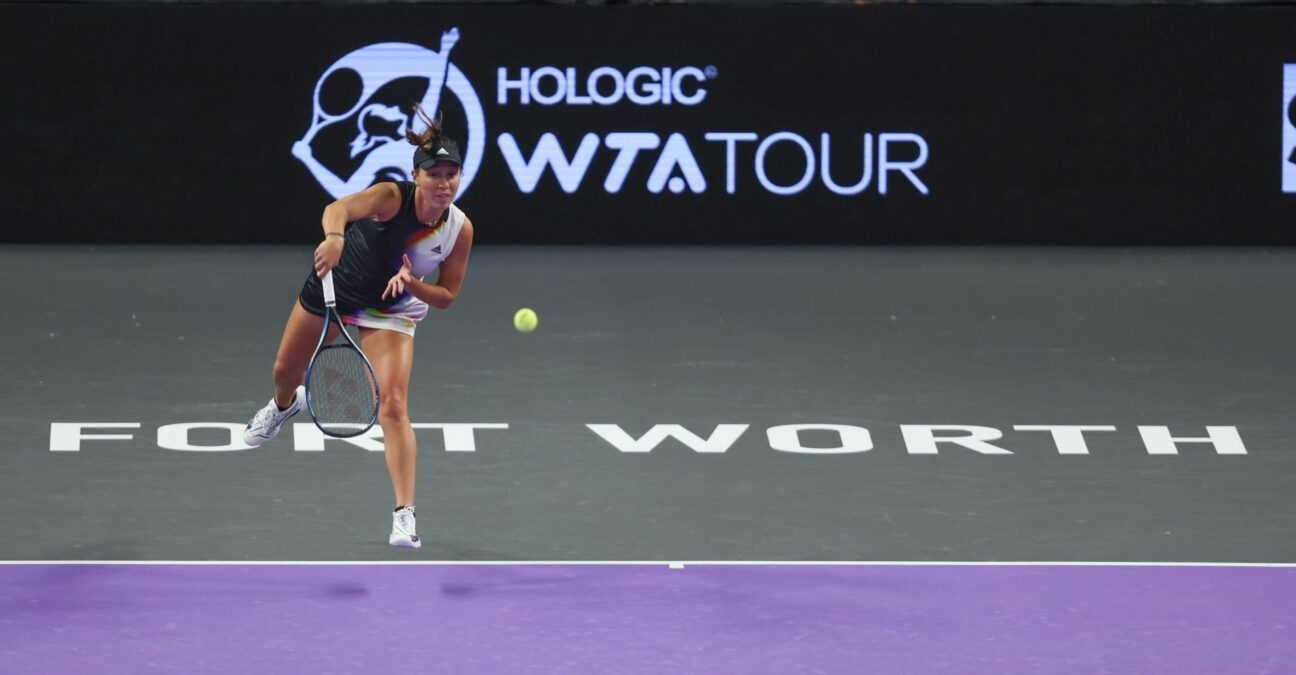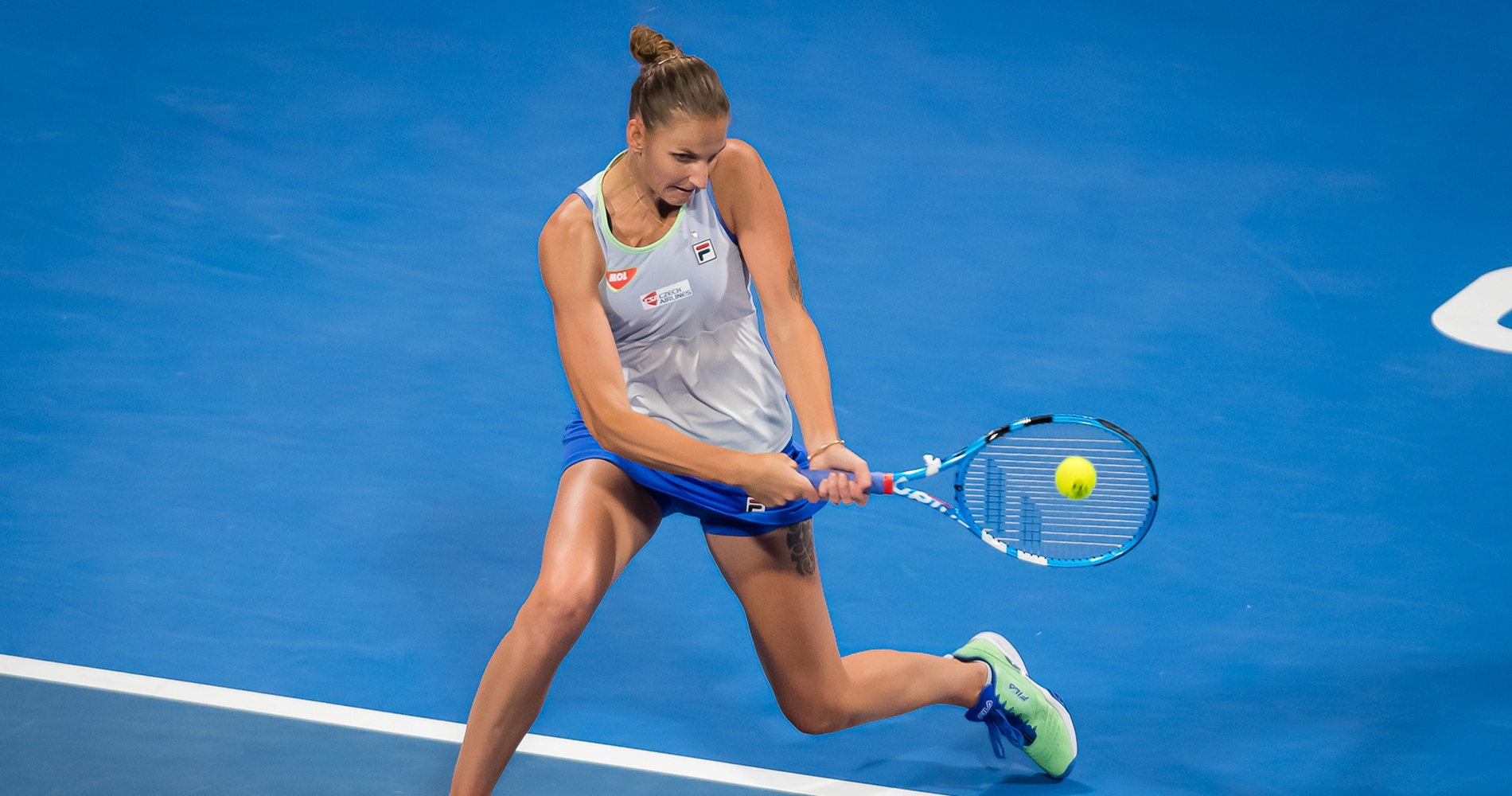WTA unveils new-look calendar as part of plans for pathway towards equal prize money with ATP
The WTA has announced a plan to have full parity with the men’s game by 2033, with the bigger events offering equal prize money by 2027
 Jessica Pegula, WTA Finals 2022 – © Icon SMI / Panoramic
Jessica Pegula, WTA Finals 2022 – © Icon SMI / Panoramic
The WTA have recently announced plans to restructure their calendar as part of wider plans to attain equal prize money with the men’s side of the game at top-tier events.
These changes have been turbo-charged by a new partnership with CVC Capital Partners, a private equity firm that bought a 20% stake in the WTA for $150m.
The target for equal prize money at combined ATP/WTA 1000-level tournaments is 2027, with the expansion of these tournaments a crucial part of achieving this goal. Meanwhile,1000 and 500 events that take place independently to, or separately from, their ATP equivalents will offer the same prize money in 2033.
WTA capitalising on expansion of 1000-level events
This year, both the Madrid Open and the Italian Open expanded their usual one-week formats into expanded two-week competitions, to move in line with Indian Wells and Miami.
It was already known that several other 1000-level events on the tour were planning to follow suit, and it appears the WTA wish to capitalise on this increased revenue to close the pay disparity between the two tours.
The WTA have also announced that their new-look calendar will increase the number of 1000-level events from nine to ten (most of which will now be the expanded format, combined events).
Four new 500-level events will also be added to the schedule, with tournaments in Monterrey, Seoul and Strasbourg being expanded and moved up a tier from the 250-level they are currently at.
New scheduling rules for WTA players
As well as the restructuring of the calendar, the WTA has announced new scheduling rules for the players, which stipulates that in weeks when a 250 and 500 take place, top 30 players are obligated to play in the higher-level event.
Exceptions to this rule apply for a defending champion of the 250-level event, players from the country in which it is being held, or players ranked 11-30 (in all cases, players may only have two exceptions per year).
The thinking behind this rule-change is to allow the 250 events to have a stronger regional focus in what the WTA hopes will help foster the next generation of stars by opening more doors for lower-ranked players to compete.
However, this rule change may attract some criticism from top players who would prefer to have greater freedom to compete in lower-level events.
Equality, including equal compensation, is a fundamental principle of the WTA and it is crucial to attain this level. We appreciate the support from our tournaments in securing this top priority.
Steve Simon, WTA chairman and CEO
These announcements are bound to draw a mixed response from players and fans alike. However, it has been welcomed by players including Donna Vekic and Sloane Stephens, and the intention is very clear – to achieve parity with the men’s game in every aspect.
Achieving the WTA’s founding principles is the goal
This is essentially a clearly-structured attempt to get one of the founding cornerstones of the WTA back on track – equal prize money.
Over the past few years, the pay gap between the two tours has widened significantly. At this year’s Italian Open, a joint event, the prize money for Elena Rybakina (the women’s champion) was less than half of that of Daniil Medvedev’s (who won the title on the men’s side).
The end goal of these plans have been welcomed by one of the WTA’s Original Nine – Billie Jean King.
“Fifty years after the players found strength in unity, I’m proud the WTA continues to be a global leader focused on providing opportunities, and hope that women in other sports and walks of life are inspired by its example.”
Rightly so, there will be few who argue with this.





People in this post
More tennis news
LP Open by IND: Stojanovic into last 16

Netherlands end Nadal’s departing dream of Davis Cup glory with Spain


